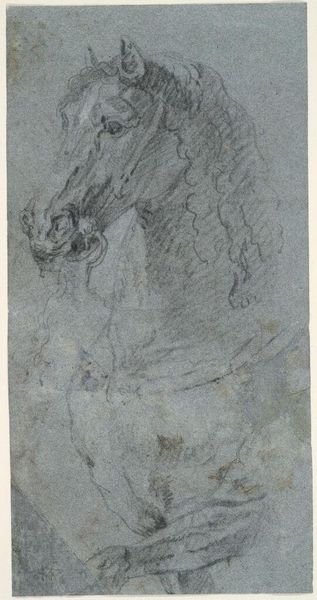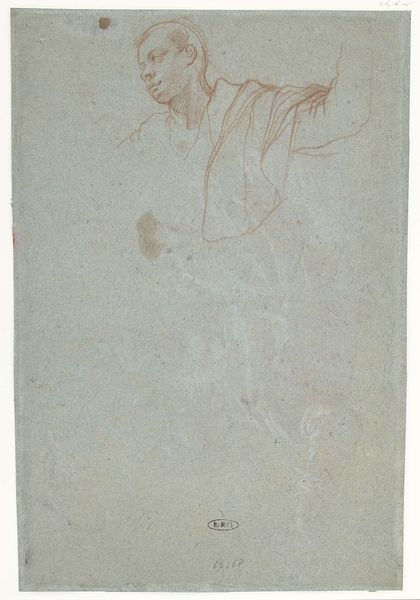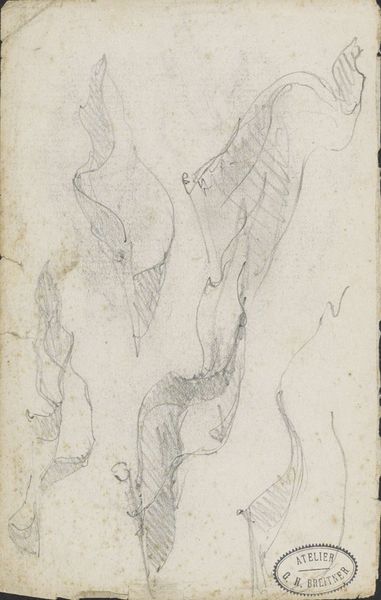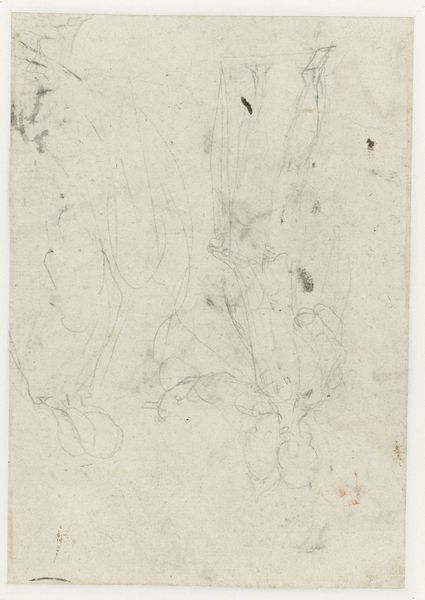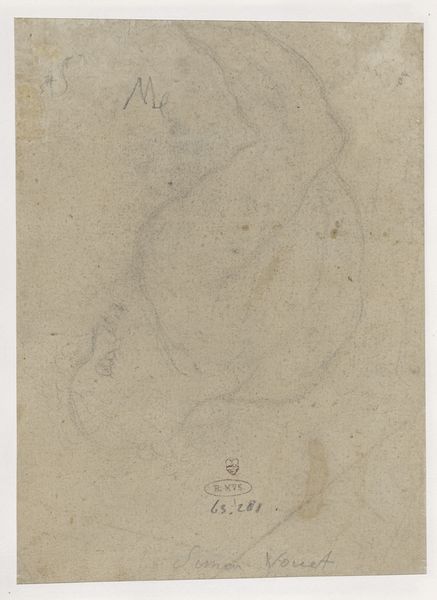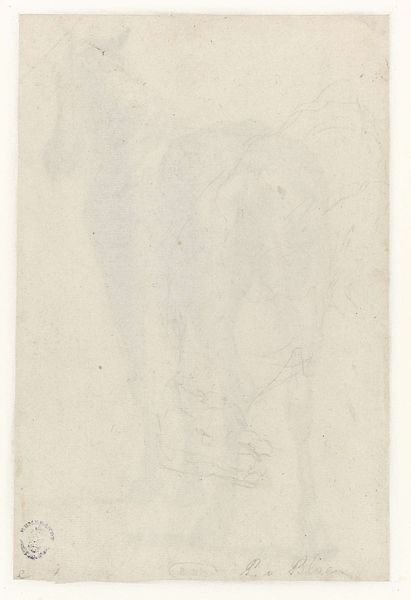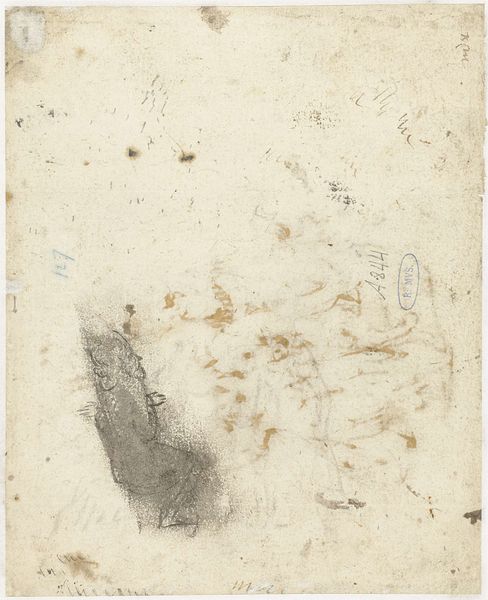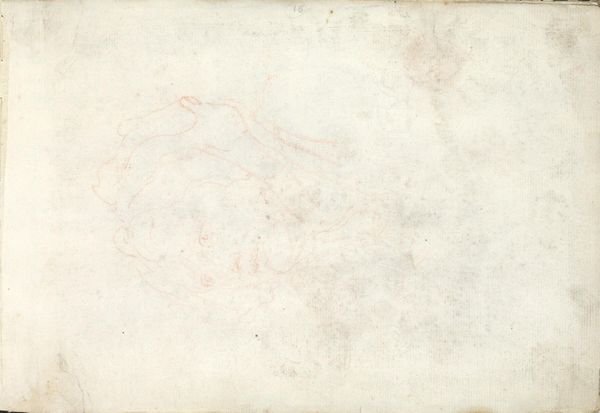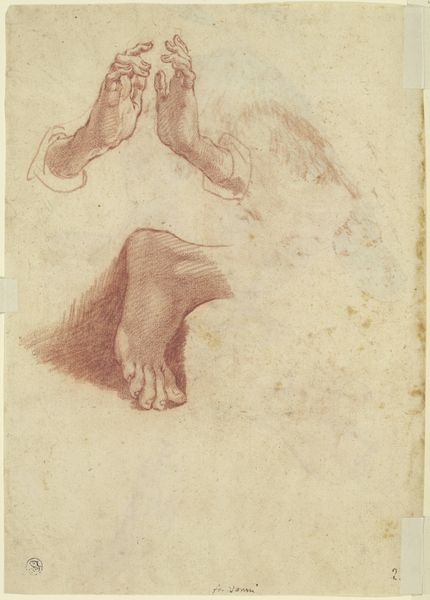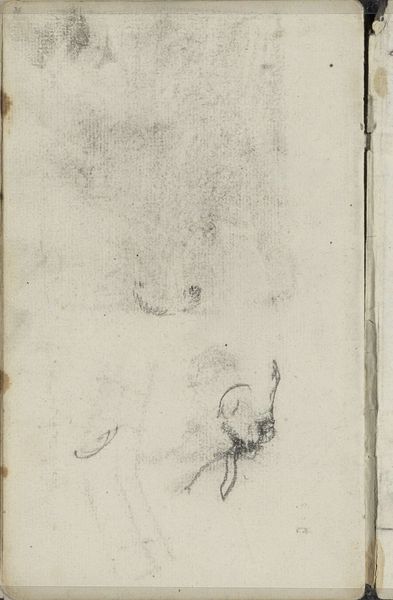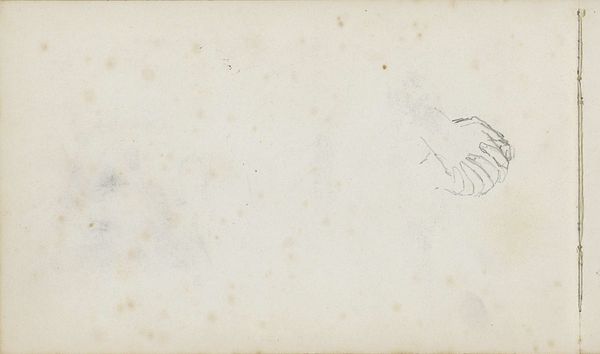
drawing, paper, pencil
#
portrait
#
drawing
#
baroque
#
figuration
#
paper
#
pencil
Dimensions: height 264 mm, width 203 mm
Copyright: Rijks Museum: Open Domain
Editor: This delicate drawing, titled "Voet," attributed to Anthony van Dyck, dates back to between 1610 and 1641. It’s pencil on paper. The fragmented nature and soft lines give it a tentative, almost dreamlike quality. What do you see in this piece? Curator: I see the potent symbolism of the foot. Often overlooked, the foot connects us to the earth, representing foundation, journey, and even humility. This rendering, however, with its attention to detail, seems less about humble connection and more about controlled power. Consider, how might the fragmented nature reinforce this notion of controlled power? Is it a study, a preparatory sketch, or something more deliberate? Editor: That's fascinating. I hadn't considered the symbolism of the foot itself, only its somewhat awkward placement on the page. It almost feels like the artist is teasing us. Could this be a commentary on perspective, literally and figuratively? Curator: Precisely! Perspective is key. Van Dyck, steeped in the Baroque, understood how to manipulate visual cues to create meaning. What does it mean to isolate one element like this? Is he emphasizing its strength, its frailty, its potential? Think of classical sculpture and its often fragmented state—how our incomplete perception influences our understanding. Editor: So, by isolating the foot, Van Dyck is prompting us to consider its symbolic weight and our own interpretations. Curator: Exactly. Consider the enduring power of the human form and our continuous quest to understand it, visually and symbolically, over centuries. Editor: I’ve never thought about a foot so much. It's incredible how a simple drawing can hold so much depth. Thanks for sharing your insights! Curator: It reveals how something seemingly small carries such great cultural weight. It has been my pleasure.
Comments
No comments
Be the first to comment and join the conversation on the ultimate creative platform.

